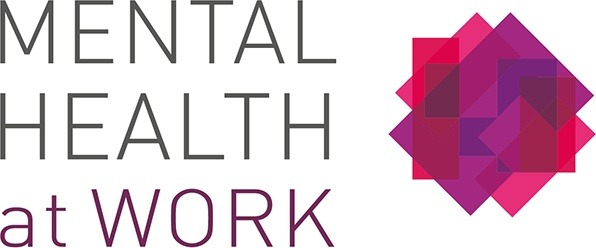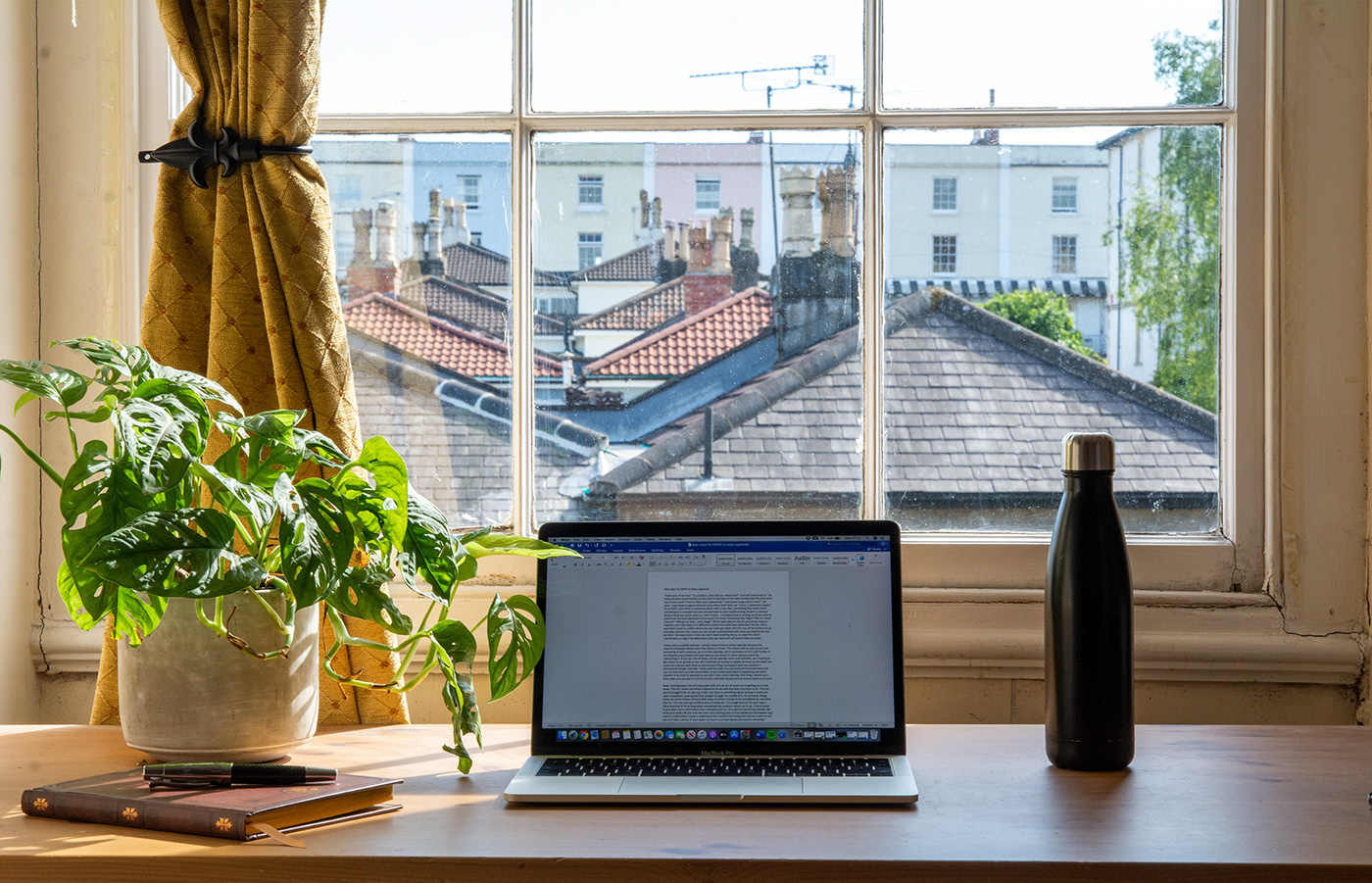We are coming up to the first anniversary of wide-scale virtual working at home, a scenario that was imposed upon us out of necessity and one, which most of us did not envisage would be still in place in March 2021. The challenges and benefits of virtual working have been widely, and in the main, well documented. Some have even recognised that this is not actually working from home, but being at home whilst trying to work, amongst homeschooling, illness, isolation, grief and many other challenging domestic situations.
How we have adapted to working from home.
We’ve carved out home office space, curated and decorated our backdrop or chosen our preferred Zoom’ background. In most work environments, no one bats an eyelid if a ‘little helper’, human or animal makes a guest appearance in our client meetings, visually or audibly. But, what have we learnt about the impact of virtual working on our mental health and our duty of care as employers and colleagues to notice and act? This has been a live social experiment in the changing world of work. While we’ll steadily return to our offices during 2021, for many roles, virtual working is here to stay either to give flexibility, reduce office capacity, or manage regional multi-market or global teams.
Mental Health at Works adapts to new ways of working.
At Mental Health at Work, we’ve adapted our historic face-to-face model and have been running virtual, customised workshops for the past year, assisting our clients in understanding, managing and embedding mental health within their evolving workplaces. During this time, we’ve built new and flexible content to address changing needs around mental health, addressing the impact of grief and isolation, situational anxiety and resilience. We’ve also built substantial expertise in preparing managers and leaders to be aware of and discuss potential actions around the impact on psychological health and safety of sustained virtual working behind a screen.
This includes considering how to build inclusion into virtual working, recognising that not everyone is comfortable with virtual meetings or with a full day of seeing themselves on-screen and this has the potential to impact their participation levels and mental health. Add to that a mix of virtual, telephone and in-person participation and it is a conscious skill to ensure that everyone gets the opportunity to participate in conversations and decisions.
‘Zoom’ or VC fatigue is a reality. Video calling is harder for all of us than face to face as our brain works with the 1.2-second perception delay and struggles to process non-verbal cues. For anyone with an existing anxiety disorder or an over-thinker or over empath, then this can be a very challenging working environment.
This new world of work has an impact on how we manage mental health in the workplace and most importantly how we can notice changes that might indicate that someone is moving away from their mental health. The visual cues we would pick up in the office including how people dress, their interactions with others and body language are more difficult. We need to challenge ourselves to think differently if we are to address this and develop a comprehensive mental health programme that includes more than managing illness or crisis.
The benefits of a trained and trusted mental health resource?
Establishing a trained group of individuals, such as MHAW Mental Health Allies® in the workplace who are available to have a trusted, confidential conversation about mental health, to listen and then signpost support if needed can form an integral part of this plan, recognising that not everyone feels comfortable talking to their manager, HR or even colleagues.
MHAW Mental Health Allies® is established as a resource for everyone to access. They are prepared to act if someone is presenting as unwell or in an emergency situation but are much more focused on our everyday movements away from mental health. Because of this, Mental Health Allies are a well-used resource with frequent uptake and highly valued by individuals and organisations. One of our clients has used their Allies during lockdowns to run 1:1 Wellbeing Check-Ins, giving employees the opportunity to discuss any work aspect that might be building pressure or anxiety. Often, just the space to be heard is enough, but if not, the Allies are trained to signpost for support. These confidential conversations can help build themes for leaders to consider adjustments or messaging that can support employee mental health more broadly.
Increase employee engagement, openness and understanding of mental health in the workplace.
Working with organisations across a variety of industry sectors to develop Allies networks we’ve seen how each one will look a little different. Reflecting the uniqueness of that organisation and the way that employees work across locations, regions and markets, includes consideration of the impact of virtual working on their role. All have found that employee engagement increases and there is a significant change in the openness and ability of employees to have conversations about their mental health.
The experience and impact of the pandemic have not been felt equally across the workplace and this is particularly the case once we step away from our screens. If you don’t feel confident that you know what is happening for your colleagues behind the screens, then there is every possibility that duty of care is compromised in your workplace, and it’s time to act. It’s the right thing to do, but it is also how a pivotal moment to learn from our experiences over the last 12 months and apply this to create a better and more humane workplace of the future virtual, blended or otherwise.
Get in touch with Mental Health at Work
If you would like to know more about how Mental Health at Work can support your organisation in developing a comprehensive and agile workplace mental health programme, please get in touch at team@mentalhealthatwork.com.
If you want to find out more about what goes on behind the scenes, follow us over on social media.

